Sensors B Chemical: Ti3C2Tx/K2Ti4O9 composite material derived from MXene is used for high-performance humidity sensing
QQ Academic Group: 1092348845
Detailed
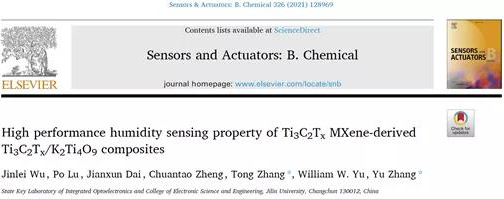

Sensors are key components in the rapid development of artificial intelligence (AI) and the Internet of Things (IoT). Humidity is an important parameter in various applications in industry, pharmacy, agriculture and human living environment. Therefore, the use of reliable humidity sensors for sensitive and accurate detection of relative humidity (RH) has become more and more important. The development of advanced new materials has promoted the research of humidity sensors. In order to realize a highly sensitive resistive sensor, two ideal conditions are required: (1) low electrical noise caused by high conductivity; (ii) high signal induced by strong and abundant analyte adsorption sites. In the past few decades, many functional materials with different structures and/or different transduction mechanisms, such as semiconducting metal oxides, polymers, and two-dimensional (2D) materials, have achieved sensitivity, response speed and accuracy. improve. Among them, two-dimensional materials such as graphene, black phosphorus, transition metal sulfides, transition metal carbides and carbonitrides have attracted much attention due to their high specific surface area (SSA), a wide range of surface functional groups, fast response speed, and high detection efficiency. As a new type of two-dimensional metal carbide, nitride or carbonitride, MXenes, which has strong hydrophilicity and high conductivity, has been extensively studied in many fields since its report in 2011. Among all MXenes synthesized so far, Ti3C2Tx has been extensively studied due to its relatively easy synthesis and high stability.

Recently, Professor Zhang Yu of Jilin University published a research paper titled: High performance humidity sensing property of Ti3C2Tx MXene-derived Ti3C2Tx/K2Ti4O9 composites in the internationally renowned academic journal Sensors and Actuators: B. Chemical. This article attempts to synthesize an accordion shape. Ti3C2TxMXene/K2Ti4O9 (A-Ti3C2Tx/K2Ti4O9) and sheet Ti3C2TxMXene/K2Ti4O9 (S-Ti3C2Tx/K2Ti4O9) composite materials, humidity sensing materials with enhanced RH response performance. The accordion-like Ti3C2TxMXene (A-Ti3C2Tx) and sheet-like Ti3C2Tx MXene (S-Ti3C2Tx) were alkalized in-situ for 48 h in KOH solution to prepare composites. The as-prepared S-Ti3C2Tx/K2Ti4O9 composite presents a entangled filamentary nanostructure on the surface of S-Ti3C2Tx, with a width of 10-50 nm. The results show that the response of S-Ti3C2Tx/K2Ti4O9 composite material is more than 8 times higher than that of pure A-Ti3C2Tx. This enhanced response characteristic may be attributed to the following three aspects: (i) Intercalation K+ increases the interlayer distance of Ti3C2Tx MXene, which is beneficial to the intercalation of water molecules; (ii) Hydrophilic layered K2Ti4O9 nanowires can Adsorption and embedding of water molecules; (iii) The filamentous porous nanostructure with expanded specific surface area (SSA) provides more effective contact between the sensing material and water molecules. These have greatly improved the sensitivity of the Ti3C2Tx MXene nanostructure to water molecules. In short, it is expected that this work will open the door to the application of Ti3C2Tx or other MXenes as high-sensitivity sensors.

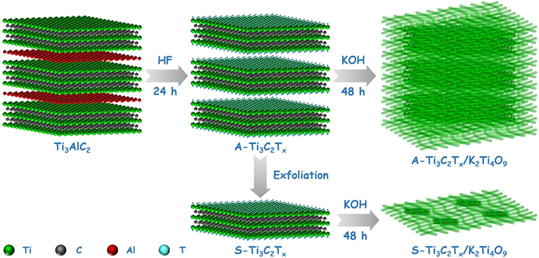
Figure 1. A-Ti3C2Tx, S-Ti3C2Tx, A-Ti3C2Tx/K2Ti4O9 and S-Ti3C2Tx/K2Ti4O9 composite material synthesis schematic diagram.
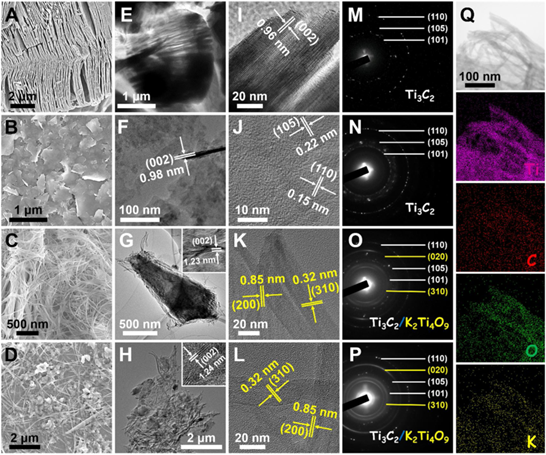
Figure 2. SEM and TEM characterization of composite materials.
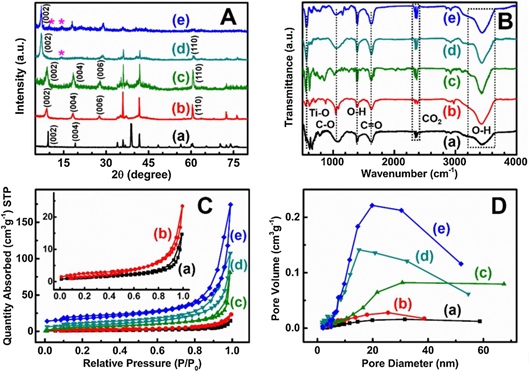
Figure 3. Physical characterization of composite materials.
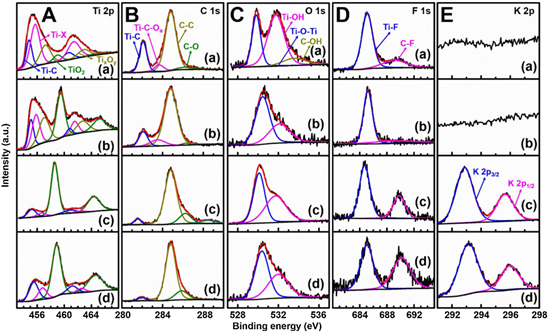
Figure 4. XPS characterization of composite materials.
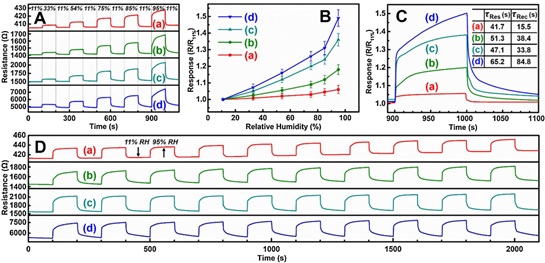
Figure 5. Humidity response characteristics.

To sum up, this article synthesized S-Ti3C2Tx/K2Ti4O9 composite material by processing Ti3C2Tx MXene. The prepared S-Ti3C2Tx/K2Ti4O9 composite material grows interwoven narrow-width filamentous nanostructures on the surface of the smaller S-Ti3C2Tx sheet. When S-Ti3C2Tx/K2Ti4O9 composite material is used as the humidity sensor material, the increased interlayer distance of Ti3C2TxMXene and the formation of hydrophilic layered K2Ti4O9 nanowires can promote the adsorption, desorption and diffusion of water molecules in the entire porous framework. . The results show that the response of S-Ti3C2Tx/K2Ti4O9 composite material is more than 8 times higher than that of pure A-Ti3C2Tx. In summary, this research work provides a promising new strategy for developing Ti3C2Tx or other MXene materials to construct MXene-based high-performance humidity sensors.
Literature link:
https://doi.org/10.1016/j.snb.2020.128969.
Source: MXene Frontier
This information is from the Internet for academic exchanges. If there is any infringement, please contact us and delete it immediately
- Previous: JCIS: N/S co-doped V-b
- Next: MXene breakthrough: Na


 mxene academic
mxene academic
